Any reflections that might distort your originating signal depend on the terminating impedance of the cable and not on a resistor placed in series with one of the cable wires. Also, if your originating signal is a true voltage source, the effect of reflections, at that voltage source will be zero.
I'll also add that if the originating source is not a perfect voltage source i.e. it has a finite impedance, you'll only see distortion if the originating signal is NOT a sinewave. In the case of a sinewave you might see modifications to its amplitude but no distortion.
EDIT - this demo is for Nick so he can understand what I'm saying: -

Animated picture taken from here
Red is the forward sine wave travelling down a cable from left to right. Green is the reflected sine wave travelling back up the cable to the originating source. Blue is the standing wave - the standing wave (at any fixed point on the cable) is actually a constant amplitude sine wave of the same frequency as the originating wave but at points along the cable it will have zero amplitude and at other points it will have maximum amplitude.
The blue trace looks like a modulated sine wave BUT IT ISN'T. It's a standing wave and predicts what the RMS amplitude of the combined forward and relected signals are at various points along the cable.
As for the rest of this question, without understanding the end-termination impedances of the cable, any amount of series resistance is just speculation and I'm surprised other answers haven't addressed this because it is of fundamental importance to the question.

